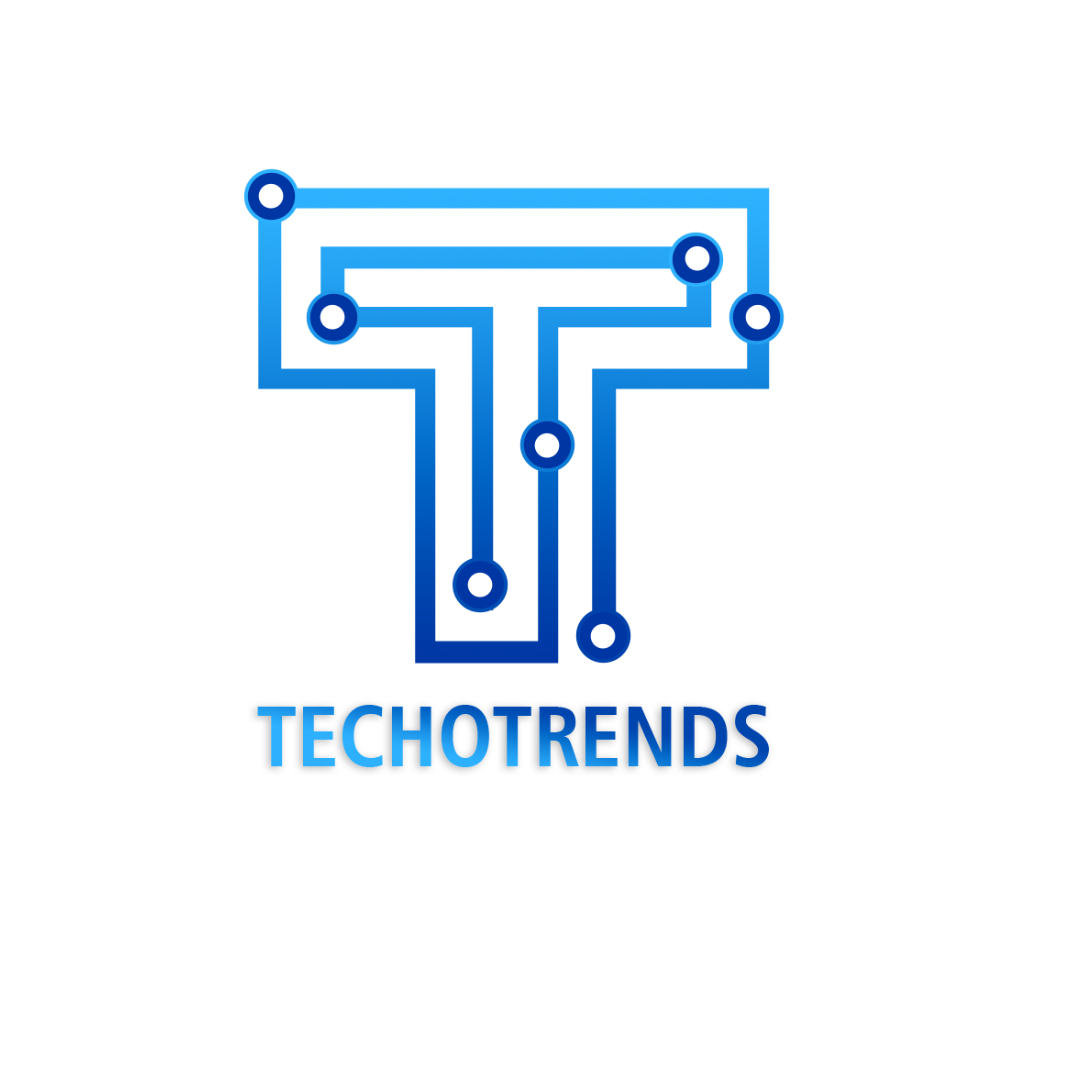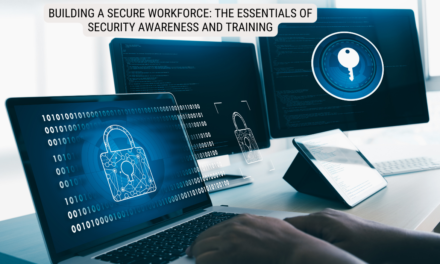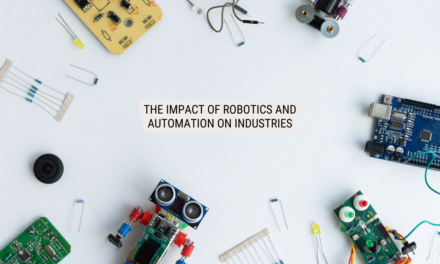More than ever, the technologies we use are a part of every aspect of our existence. We increasingly use connected devices in our daily lives to track our health, pay for groceries, and even operate our cars. Connectivity is set to impact every aspect of our existence as cities experiment with smart infrastructure and hospitals incorporate more internet-enabled devices.
As people get ready for a world that is ever more connected, they should keep the following three things in mind:
Keep an eye out for new dangers.
Many people’s everyday lives already include connected technologies like self-driving cars and automated insulin pumps. However, the significant advancements of these gadgets must be weighed against the new security risks they introduce. The risk-reward balance changes when digital gadgets have tangible effects, according to Kevin Tierney. Not just data privacy or intellectual property protection are issues that worry us, according to Tierney. Risks to one’s health and well-being.
These gadgets, which were previously mostly found in controlled settings like hospitals, are now finding their way into people’s residences. Consider medical equipment like insulin monitors, which can communicate vital patient information to medical staff while the patient is at home or at work. Since they take place outside of a hospital’s walls, the security considerations are even more important, according to Kelly Rozumalski, head of secure connected health at Booz Allen Hamilton.
From the bottom up, incorporate security.
Data that is more granular, personalised, and potentially more valuable to bad actors is generated as these devices become more integrated into our lives. Consider this: According to Rozumalski, healthcare data is now more valuable than credit card information on the illegal market. Companies will consequently probably be held to a higher standard of accountability for their data methods. According to Abdullah, who previously held the position of White House Chief Information Officer under the Obama administration, “there will be a bigger responsibility to ensure that information remains safe, that data lakes stay protected, and that information is used in the right manner.”
Tierney reiterated that rather than depending on customers to protect their data, businesses must actively incorporate security into their products. “The customer is dependent on us to do the right thing. It’s challenging for the customer to comprehend what that new entry point means to them [in terms of data privacy”, he said.
Avoid additional disruptions.
It’s critical to remain on top of the curve as new technologies and applications of existing technologies continue to develop. The emergence of quantum computing, which can alter the security landscape fundamentally, is one significant development to keep an eye on. According to Abdullah, the amount of computing power that will be introduced into our lives at this time is something we can’t even begin to imagine. A special “crypto council” has been established by Mastercard to investigate and handle the new security risks that come with increased computing power.
The technology environment is similarly set to change as 5G adoption increases. The healthcare sector will be able to be more preemptive and predictive thanks to 5G-enabled wearables, but they also introduce new security risks. Our attack surface is increased due to these gadgets’ increasing connectivity, according to Rozumalski. “Each weak connected technology or device could be a gateway into the complete hospital network.”




